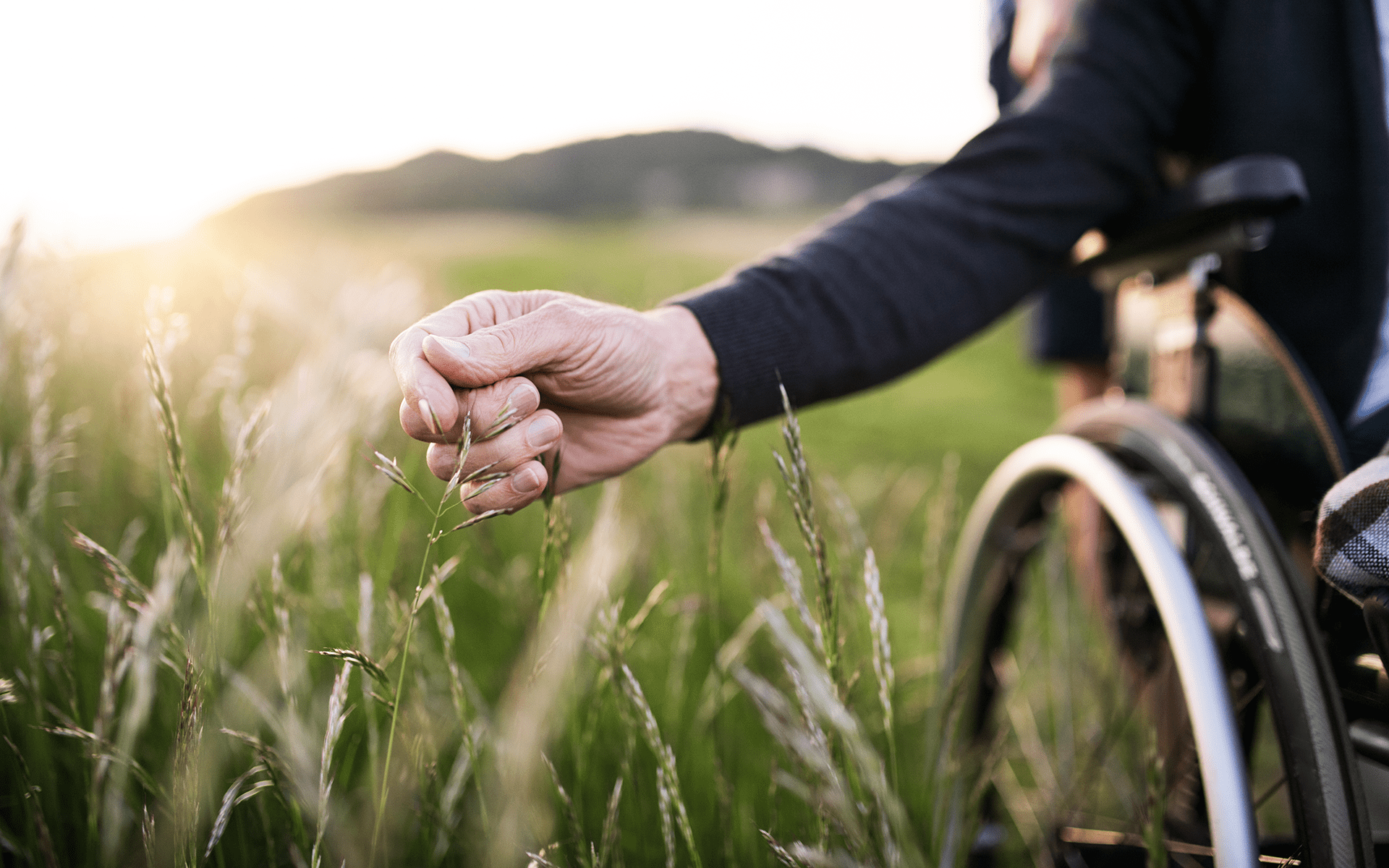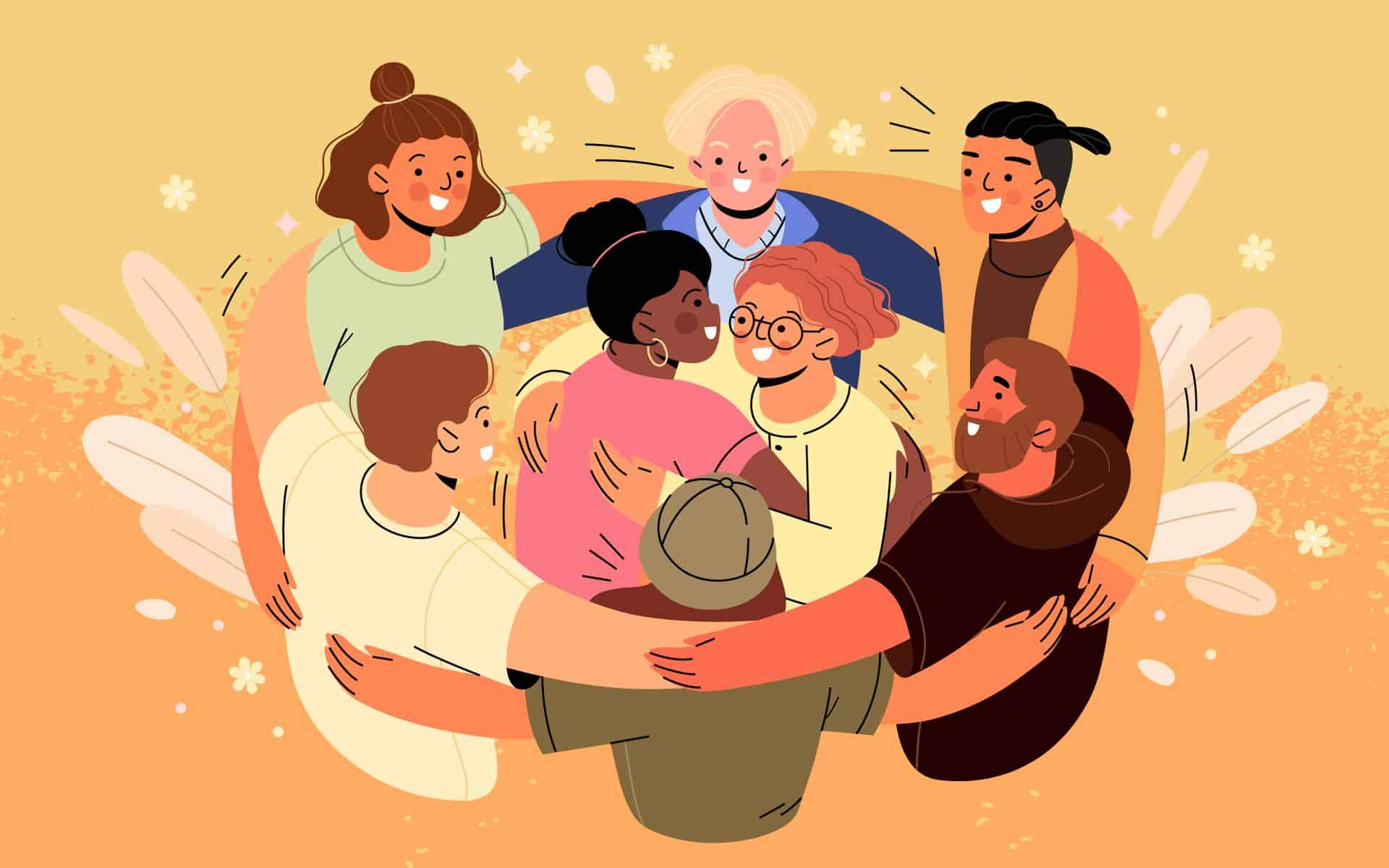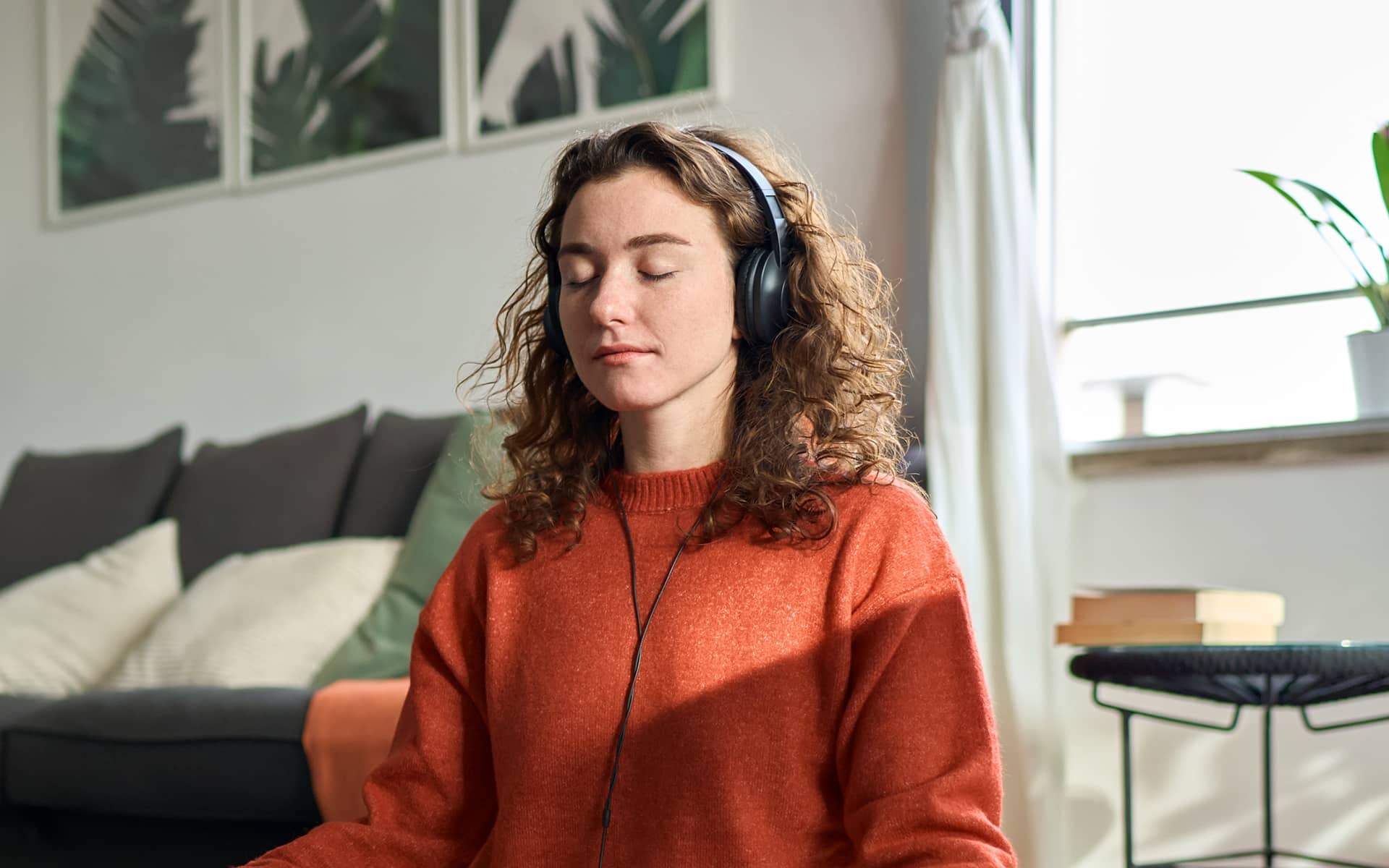Life is inherently changeable and uncertain, and our resilience relies on how we relate to that fact. Mindfulness doesn’t mean everything’s fine or that we’re calm all the time. We aim for patience, clarity, and then—when it’s time—skillful action.
Whatever we face, we can carve out a moment to settle before deciding what comes next. Instead of remaining caught up in reactivity, anger, and fear, it takes effort and training to find a balance between accepting what we cannot change and seeking out where to actively put our effort.
The heart of mindfulness means doing our best to navigate our experience, even our crises, with both precision and compassion.
Take a moment when you’re able to explore that balance. The heart of mindfulness means doing our best to navigate our experience, even our crises, with both precision and compassion.
A Mindful Walking Practice to Work with Uncertainty
A Guided Meditation to Meet Uncertainty with Compassion
1. So as you start, focus on what it feels like to walk. Notice the physical sensation of each step. Notice your foot rising, the shift of weight in your body, and then your foot returning to the ground.
2. You might label each step as step. Or you might count small runs of steps, perhaps up to 10, and then start again.
3. Note your mind’s tendency to add on to your experience, often in ways that complicate even the most challenging moments. Your mind may already be wandering into the future or the past. When you catch yourself lost in thoughts like that, come back again to one step.
4. And now, if you’d like, expand your awareness. Notice sounds around you. With a sense of unforced and balanced effort, notice smells, touch, and sights.
5. With a sense of strength and perhaps appreciation, immerse yourself in the physical sensation of the walk that you’re taking.
6. If a thought or a feeling holds your awareness or becomes a distraction, see if you’re able to practice letting go a little. Notice that sense of getting hooked or tied up in your thoughts and then come back again to that immediate physical sensation of each step.
7. Noticing those thoughts, return your attention again to the physical sensation of taking your walk.
8. For the last few minutes of the practice, if you’d like, focus on a sense of kindness and compassion. You’re not alone right now. Everyone around the world is struggling to get by.
You’re not alone right now. Everyone around the world is struggling to get by.
9. So as you walk, taking in your reality, remind yourself: This is what is right now for me. This is where I am—observing my emotional state, my state of mind, and thoughts.
10. And then as you walk, wish yourself whatever you would wish for your closest friends right now.
May I be happy and at ease.
May I recover my sense of resolve and strength.
11. If it feels comfortable, you might also expand that. Picture your family and friends in the same way.
May we all find our sense of resolve and ease.
May we all stay healthy and safe.
12. And if, while you’re walking, you encounter other people or even pass other houses, you may take a moment to offer those strangers the same wishes. Whoever they are, whatever their life experience, everyone has their struggles. So as you pass these other people, or their homes, wish them well.
May you find health and happiness.
13. As we end the formal mindfulness practice, expand your awareness to all beings everywhere—even the ones you find most difficult and challenging. Everyone in some way is driven by a motivation to be free of suffering, to be free of stress, to be healthy, to be happy.
May everyone everywhere throughout the world find a sense of resilience, stay healthy, and find happiness.
read more
A Guided Meditation to Awaken the Flow of Gratitude in Nature
While moving through nature, we have the opportunity to enter a state of being, be present with all of our sensations, and awaken gratitude for the Earth that is also part of us. Read More
A 12-Minute Meditation for Remembering That We Belong to Each Other
Ruth King guides us in a practice to explore the truth of our interconnectedness. Read More
A 12-Minute Meditation for Working with Shame
The foundation of racial healing is emotional work. In this meditation, Tovi Scruggs-Hussein guides us through a meditation to sit with and invite healing from shame. Read More







